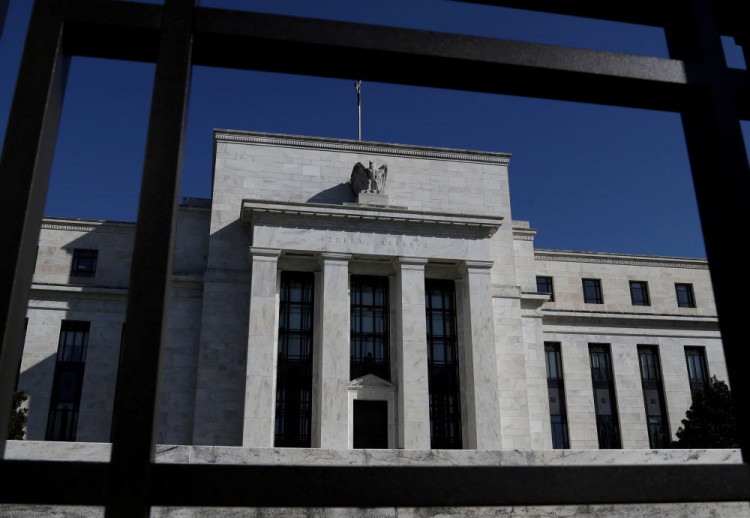Federal Reserve officials are increasingly inclined toward a much-anticipated interest rate cut in September, according to minutes released from their July meeting. The meeting, which took place on July 30-31, revealed that while the central bank held rates steady, there was considerable support for a rate reduction at their next policy gathering.
The minutes indicated that "the vast majority" of participants observed that if economic data continued to align with expectations, it would likely be appropriate to ease monetary policy at the next meeting. This potential rate cut would be the first since the emergency measures taken during the early days of the COVID-19 pandemic.
Despite unanimous agreement to keep the benchmark interest rate in the 5.25%-5.50% range in July, the meeting's discussions revealed that several officials were ready to support a 25 basis point cut at that time. A basis point is one-hundredth of a percentage point, so a 25 basis point reduction would equate to a quarter-percentage-point decrease.
The sentiment within the Federal Open Market Committee (FOMC) was largely driven by a combination of easing inflationary pressures and growing concerns over the labor market. "With regard to the outlook for inflation, participants judged that recent data had increased their confidence that inflation was moving sustainably toward 2 percent," the minutes noted.
The labor market, which has been a focal point of the Fed's dual mandate, also featured prominently in the discussions. Many officials expressed concern that reported payroll gains might be overstated, particularly after the Bureau of Labor Statistics revised its nonfarm payroll numbers, indicating that 818,000 fewer jobs were created between April 2023 and March 2024 than previously reported.
"A majority of participants remarked that the risks to the employment goal had increased, and many participants noted that the risks to the inflation goal had decreased," the minutes stated. This shift in risk perception has fueled the argument for a more accommodative monetary policy.
The July meeting took place against a backdrop of mixed economic signals. The Labor Department reported an unexpected spike in unemployment claims shortly after the meeting, coupled with disappointing manufacturing data. However, these concerns were somewhat alleviated by subsequent data showing a decline in jobless claims and better-than-expected retail sales figures, which suggested that consumer spending remained resilient.
Market reactions to the Fed's minutes were relatively muted, with stocks rising modestly and bond yields falling. The minutes largely confirmed the expectations that traders and investors had already priced into the market, with many anticipating that the Fed would begin cutting rates in September.
The potential for a September rate cut has been a topic of intense speculation, particularly as the Fed grapples with the challenge of balancing its dual mandate of promoting maximum employment and stabilizing prices. The rapid increase in the unemployment rate, which has risen from a low of 3.4% earlier this year to 4.3% in July, has added urgency to the debate.
Fed Chair Jerome Powell hinted at the possibility of a rate cut during his post-meeting press conference in July, stating that if the data continued to evolve as expected, "a reduction in our policy rate could be on the table at the September meeting."
Looking ahead, markets will be closely watching Powell's speech at the Federal Reserve's annual research conference in Jackson Hole, Wyoming, scheduled for Friday. The event, which is attended by central bankers from around the world, could provide further insights into the Fed's policy direction. Several other Fed officials are also expected to weigh in on the outlook during the conference.






